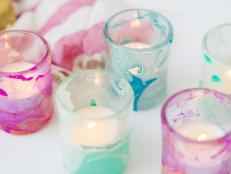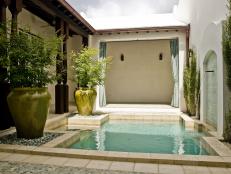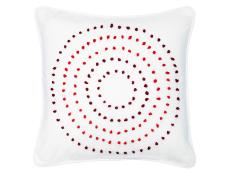The Art and Science of Creating Supportive Spaces
There’s a just-so aura of warmth and ease that emanates from the professional spaces we visit to unpack our feelings, both in real life and Hollywood’s versions of real life — think of the iconic, curved wood paneling and creamy vintage area rug, for example, in the fictional analyst Dr. Melfi’s office in The Sopranos. That’s no accident: Sigmund Freud himself advised fellow practitioners to think about their spaces in terms of how those spaces made their patients feel. “Flowers are restful to look at,” he once said. “They have neither emotions nor conflicts."
Tulsa designer Jill Croka has a rare skill set for cultivating healing spaces. She’s got a background in psychotherapy, and she now uses her expertise to foster comfort and confidence in non-clinical settings. What’s useful in therapists' offices can be therapeutic in our own homes — and Jill’s design work and the research that supports it are proof. Follow along for a look at some of her loveliest residential projects — and to put elements of their design to work in your rooms.











